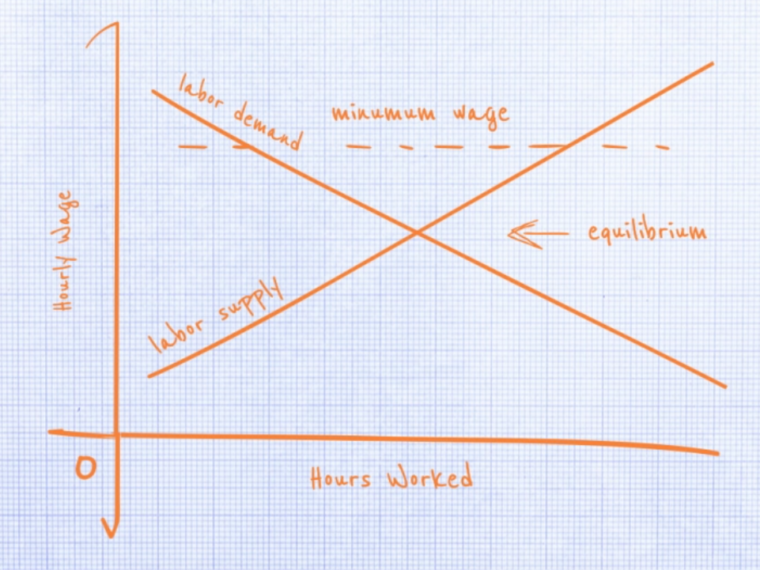Collective action, rather than each brand working alone, appears more effective and costs less
On the morning of April 24, 2013, the eight-story Rana Plaza outside Dhaka, Bangladesh, collapsed, killing more than 1,100 people. In the building were several garment factories that, it turned out, made apparel sold by big U.S. and European clothing brands and retailers, including Benneton, Bonmarché and others.
The disaster brought home to Western consumers the terrible workplace conditions at the far end of a global fashion supply chain. It also gave new force to apparel makers’ efforts to ensure that their suppliers comply with basic health and safety, environmental and human rights standards.
To enforce these standards, companies need to monitor their suppliers and penalize those that don’t comply. While brands typically do that on their own, research suggests that isn’t the best approach.
Opt In to the Review Monthly Email Update.
In a paper published in Manufacturing & Service Operations Management, UCLA Anderson’s Felipe Caro, Prashant Chintapalli of the Indian Institute of Management, Bangalore, and UCLA Anderson’s Kumar Rajaram and Christopher S. Tang use a theoretical model to analyze three different means of ensuring supplier compliance. The model suggests that buyers can get better results — in the form of higher levels of compliance and greater profits — when they join forces to audit suppliers and to apply penalties as a group. These results, the authors say, help validate a collective approach to enforcing worker safety standards adopted by Western brands after the Rana Plaza disaster.
Today’s apparel supply chains rely on far-flung garment factories in low-wage countries like Bangladesh, Vietnam, Indonesia and China. As a result, Western fashion brands face what the authors call a “sourcing dilemma.” Their suppliers provide employment to millions of workers, but brands are also under pressure from consumers and activists to take responsibility for the substandard working conditions in these factories.
In the wake of Rana Plaza, companies in the apparel industry formed two separate initiatives to upgrade conditions in suppliers’ factories: European retailers created the Accord on Fire and Building Safety in Bangladesh while several North American brands established the Alliance for Bangladesh Worker Safety.
Both groups take credit for significant improvements. As of September, the Accord says, nearly 900 of its supplier factories have fixed more than 90 percent of the safety issues its inspections have turned up. At the same time, it has terminated contracts with 109 factories for noncompliance. The Alliance reported in October that 409 affiliated factories have completed their initial action plans and 93 percent of remediation items have been completed; 177 factories have been suspended.
In their model, the UCLA Anderson researchers compare the effectiveness of companies’ acting on their own with two types of collective action. In one, buyers combine to jointly audit suppliers’ facilities and impose a collective penalty if plants fail the audit. In the other, buyers independently audit factories but share the results, with all buyers agreeing to impose the same penalty.
The results suggest that both the joint and shared mechanisms have significant advantages over acting independently. First of all, they result in higher levels of compliance because audits can be more thorough when costs are low for individual buyers. Collective penalties for noncompliance are heavier than those imposed by single buyers, which also boosts compliance. The lower audit costs and greater compliance also mean that buyers’ profits are higher.
Collective action does lead to lower profits for suppliers, which can be seen as exploitative. Buyers can remedy this by helping suppliers cover the cost of needed factory upgrades. Such payments can even leave both buyer and supplier better off, the model suggests, if audit costs are low enough and if potential losses to buyers — from the loss of reputation, consumer boycotts and the like — are greater than the suppliers’ costs of complying.
Both the original Accord and the Alliance are set to expire later in 2018; the Accord is handing off safety monitoring responsibilities to the Bangladesh government, while the Alliance is turning over its work — including factory safety inspection and monitoring — to an independent local organization. While the authors’ model doesn’t exactly match the way the two agreements operate, they say, “Our findings can be relevant for the design of future consortia.”
Featured Faculty
-
Felipe Caro
Professor of Decisions, Operations and Technology Management
-
Kumar Rajaram
Professor of Decisions, Operations and Technology Management
William E. Leonhard Chair in Management -
Christopher Tang
UCLA Distinguished Professor; Edward W. Carter Chair in Business Administration; Senior Associate Dean, Global Initiatives; Faculty Director, Center for Global Management
About the Research
Caro, F., Chintapalli, P., Rajaram, K., & Tang, C.S. (2018). Improving supplier compliance through joint and shared audits with collective penalty. Manufacturing & Service Operations Management, 20(2), 363–380.






